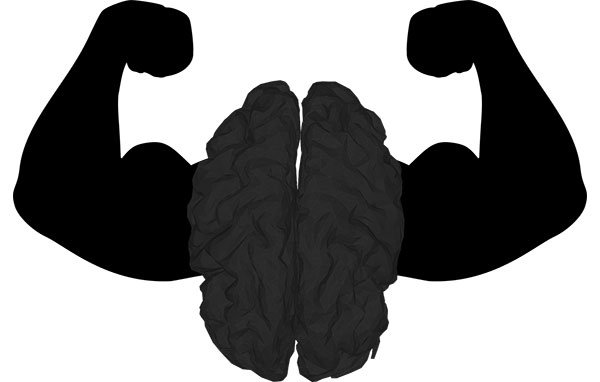 For insight into the body language of pride and shame, scientists studied the behaviours of judo matches at the 2004 Olympic and Paralympic Games.
For insight into the body language of pride and shame, scientists studied the behaviours of judo matches at the 2004 Olympic and Paralympic Games.
The competitors represented 30 countries, including Algeria, Taiwan, Ukraine and the United States. The research report in the journal Proceedings of the National Academy of Sciences stated that body language of blind and sighted athletes showed the same patterns. Their conclusion was that since congenitally blind individuals could not have learned the nonverbal aspects of pride and shame from watching others, these displays of victory or defeat are likely to be innate biological responses that have evolved over time. These nonverbal reactions are also universally controlled by the limbic brain.
Here is how the limbic brain is positioned in the triune brain theory:
The reptilian brain, the oldest of the three brain systems, consists of the brain stem and cerebellum. It controls the body’s vital functions such as heart rate, breathing, body temperature and balance. Because the reptilian brain is primarily concerned with physical survival, it plays a crucial role in reproduction, social dominance, and in establishing and defending territory.
The cortical brain (with its two large cerebral hemispheres) is the newest system of the brain and the seat of our conscious thought. The prefrontal cortex acts as the ‘executive’ for the brain. It handles activities such as language, analysis, and strategizing. We use the cortical brain when organizing our thoughts, setting goals, making plans and solving complex problems.
The limbic brain is in the middle of the reptilian and cortical brains (both in terms of evolution and physical location). It includes the amygdala, hippocampus, cingulated gyrus, orbital frontal cortex, and the insula. The limbic system, in particular the amygdala (an almond-shaped region that is located just in front of the hippocampus), is the first part of the brain to receive emotional information and react to it. As such, the amydala acts as the ‘alarm system’ for the brain, taking in all incoming stimuli (both physical and psychological) to decide whether or not it is threatening. It tends to become aroused in proportion to the strength of an emotional response – and, by the way, the arousal to danger comes on faster, and with far more intensity than an arousal to a potential reward.
A crucial point to remember is that in business, as in our social lives, emotions are the key drivers in decision-making. Our logical processes are often only rational justifications for emotional decisions. And, because most emotional decisions are made without conscious deliberation they impact us with the immediacy and power of a limbic-brain imperative – unconsidered, unannounced, and in most cases, impossible to resist.
The limbic brain is most responsible for value judgments, and it is the limbic brain that plays the key role in all nonverbal communication, a fact which explains why (even though there are many culturally-influenced body language signals) an athlete’s nonverbal display of victory and defeat, and all other limbic-induced body language signals, are the same around the world.
You can observe the limbic brain in action throughout the global workplace: An employee spots a friend and immediately her eyebrows raise and her eyes widen in recognition, a team-member reacts to distressful news by caving in his upper body and lowering his head, the winner of a conference door prize touches the base of her neck in surprise and delight, an executive’s lips compress when pressured to answer an unwelcome question.
All of these nonverbal responses can be seen whether you are in Sao Paulo, Singapore, Calgary or San Francisco.
Troy Media columnist Carol Kinsey Goman, PhD, is an executive coach, consultant, and international keynote speaker at corporate, government, and association events. She is also the author of STAND OUT: How to Build Your Leadership Presence.
The views, opinions and positions expressed by columnists and contributors are the author’s alone. They do not inherently or expressly reflect the views, opinions and/or positions of our publication.


